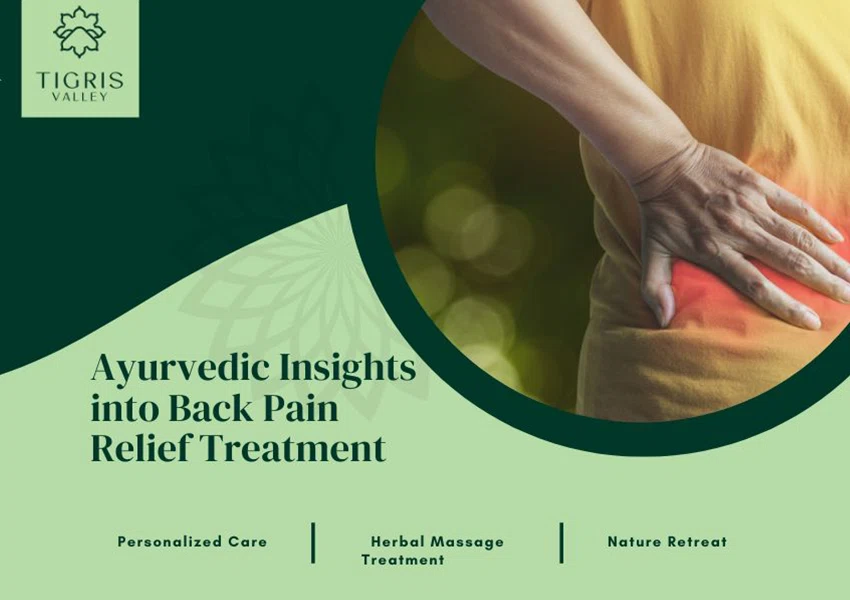
Rejuvenate Your Spine: The Role of Ayurvedic Treatment for Managing Disc Bulging at Tigris Valley
Rejuvenate Your Spine: The Role of Ayurvedic Treatment for Managing Disc Bulging at Tigris Valley Are you constantly suffering from severe back pain and neck pain all the time? frequent…












